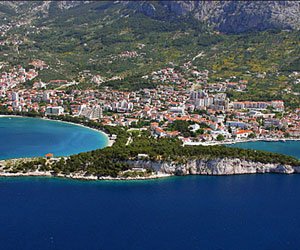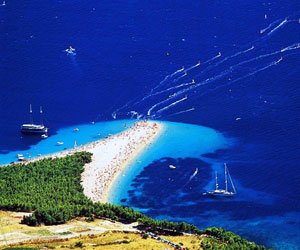
Office +385 (0)21 67 83 65
Cell Phone +385 (0)91 34 00 427
Fax +385 (0)21 67 83 65
Bookings and Customer Service
VIP in Dalmatia Croatia
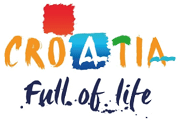
Bill Gates - Microsoft, USA
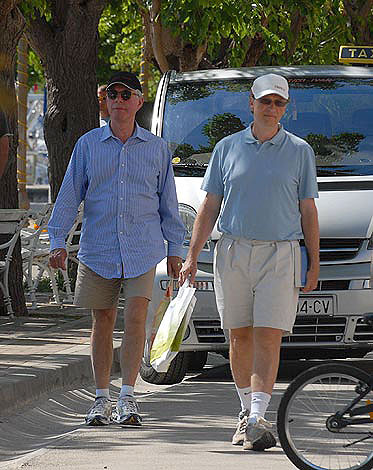
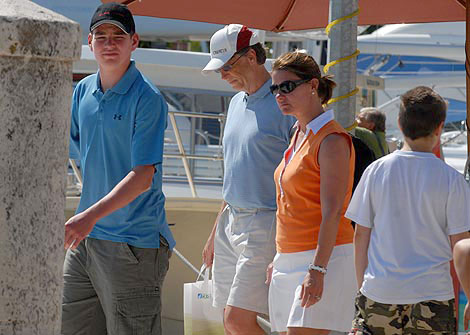

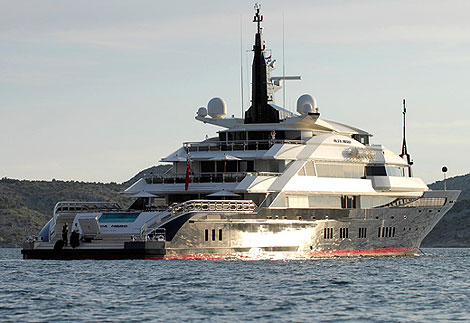
Giorgio Armani - Emporio Armani, Italy
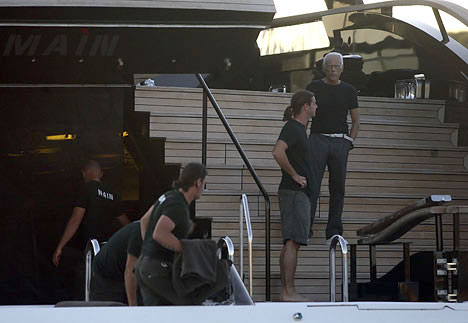
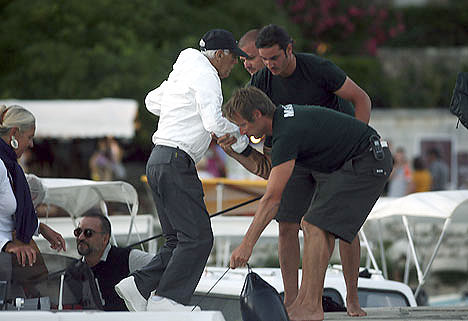
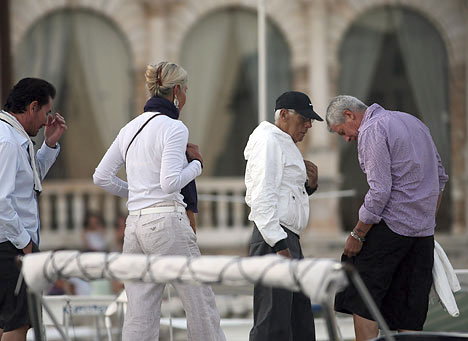

Beyoncé and Jay-Z - POP singers, USA

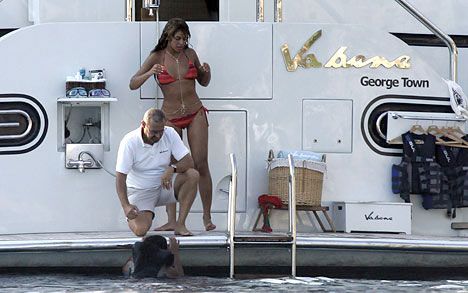
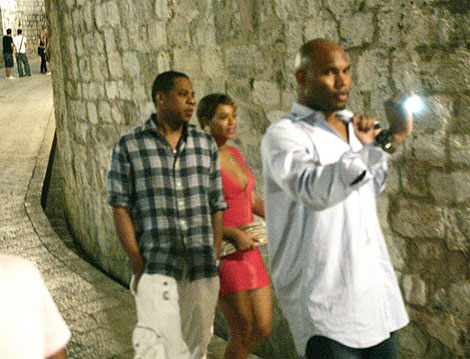
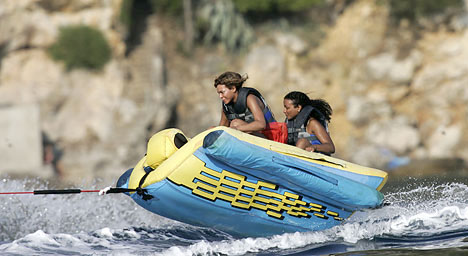
Eva Longoria - Actress, USA

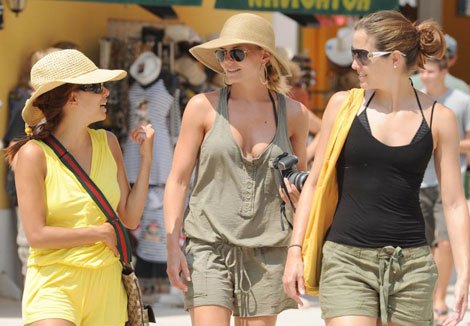
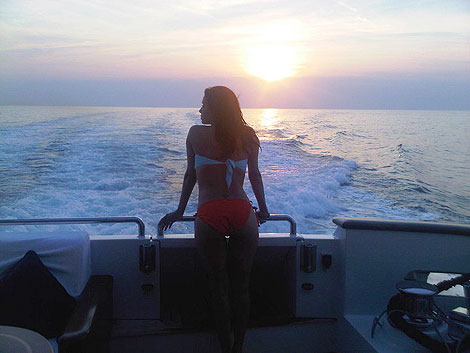
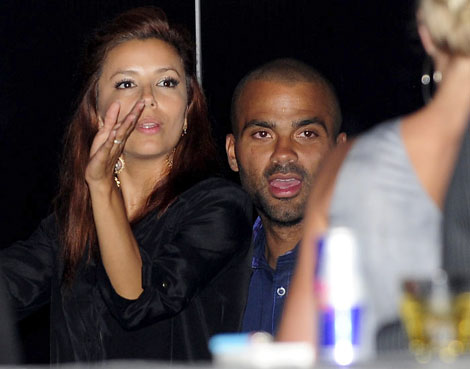
Dalmatia
- Dalmatia (Croatian: Dalmacija) is one of the four historical regions of Croatia. Dalmatia is a narrow coastal region, stretching from island of Rab in the north to the Bay of Kotor in the south. The hinterland (Dalmatian Zagora) ranges in width from fifty kilometres in the north, to just a few kilometres in the south; it is mostly covered by rugged Dinaric Mountains. 79 islands (and about 500 islets) run parallel to the coast, the largest (in Dalmatia) being Brač, Pag and Hvar. The largest city is Split, followed by Zadar, Dubrovnik, and Šibenik.
- Name of the region stems from an Illyrian tribe called the Dalmatae, who lived in the area in classical antiquity. With the arrival of Croats to the area in the 8th century, who occupied most of the hinterland, Croatian and Romance elements began to intermix in language and the culture.
- In antiquity the Roman province of Dalmatia was much larger than the present-day Split-Dalmatia County, stretching from Istria in the north to historical Albania in the south.[5] Dalmatia signified not only a geographical unit, but was an entity based on common culture and settlement types.
- The largest Dalmatian islands are Brač, Korčula, Dugi Otok, Mljet, Vis, Hvar, Pag and Pašman. The major rivers are Zrmanja, Krka, Cetina and Neretva.
- In AD 305, the world’s most powerful man, Emperor Diocletian, was faced with the decision on where to spend the rest of his days. Of all of the known world, he chose to build his home in the heart of the region of Dalmatia, setting the first stones in place for the future city of Split. Follow in his footsteps by exploring Diocletian’s Palace and a region home to islands, stunning natural landscapes such as Biokovo Mountain and Zlatni Rat beach on the island of Brač, and a wealth of culture that will defy your expectations.
- Biokovo Natural Park - Biokovo is the highest mountain on the Croatian coast. It is characterised by strong natural contrasts, with a wealth of flora and fauna including many endemic species and rare birds of prey, as well as geomorphologic phenomena enhanced by stunning views over the Adriatic and coastal towns such as the charming and lively Makarska.
- Sanctuary of Our Lady of Sinj - The sancturary is the most significant Marian shrine in Dalmatia and houses the gold-crowned painting of Our Miraculous Lady of Sinj, which was brought there in 1687 by Franciscans fleeing Rama from the Turks. Believers have been coming to the sanctuary for over 300 years, particularly on 15 August, the Feast of the Assumption.
- Diocletian’s Palace in Split and the Ancient Town of Salona in Solin - The first urban dwellings in this area were built in Roman times, as evidenced by Emperor Diocletian’s Palace (included on the UNESCO World Heritage List) and the entire town of Salona, which was once the capital of the Roman province of Dalmatia.
- River Cetina - At the foot of Dinara, Croatia’s highest mountain, flows the River Cetina, linking Vrlika, Sinj, Trilj and Omiš along its 105-kilometre course. The sparkling waters of the Cetina particularly appeal to rafting and canoeing enthusiasts.
- Stari Grad Plain and the Town of Hvar - A protected area, the Stari Grad Plain is on the UNESCO World Heritage List and represents the best-preserved Greek parcelisation of land on the Mediterranean. It is over 2,400 years old and was once an important maritime and trade port. Today the town of Hvar is one of Croatia’s most popular tourist destinations.
